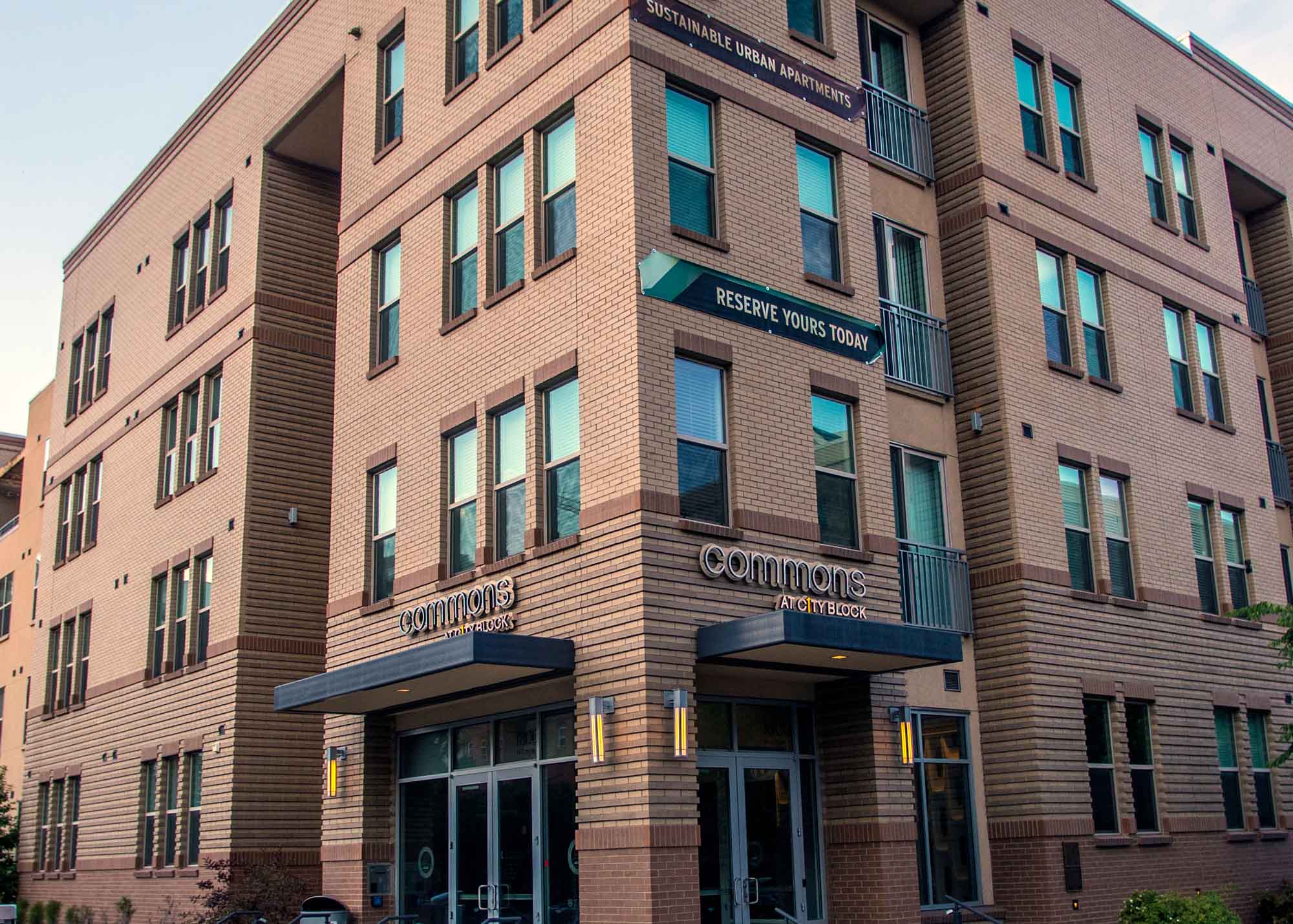
Attention MUH: Gen Z is entering the housing market… are you prepared?
All the buzz for the last few years has been around how the housing and rental market fares for Millenials (those born between the 80’s and mid 90’s), and for the Baby Boomers and Gen X (the … older years that need not be named). A new generation of Americans, Generation Z, are now entering the housing market and this means a new game for everyone involved in real estate and housing. Especially considering that by next year, Gen Z will represent 40% of all American consumers.
To paint the picture better, Gen Z grew up with the social media platforms and technologies that now dominate people of all ages. Google was founded in 1998, and shortly before that, Amazon. Shortly after came Youtube, so not only did this generation master using these platforms, but their feedback is what shaped them to be what they are today. They were old enough to understand that the housing market wreaked havoc and caused the 2006 Recession. They’re also the most educated generation, with nearly 10% more higher education than their Millennial counterparts. Unfortunately, this means rampant student debt for many, and with a tight job market upon graduating, many delay settling down.
So, how do these uniquely Gen Z traits impact the housing market?
1. More multi-family units and attached dwellings.
There are many reasons for this, but the first begins with the job patterns that result from a tight job market and general population trends. Jobs and convenience are found in cities, which means less suburban and country interest, and higher demand for housing in city hubs. Obviously, a detached 5-bed, 3-bath ranch style house isn’t the best use of space and in planning words, is a poor use of space. Multi-family units can include townhouses, apartments, and high-rise condos, and they house more people per square foot than the traditional home would.
This same migration to cities is what causes increased costs of living, often forcing Gen Z-ers to shack up with roommates. They’re not complaining though, because there is a serious loneliness problem in America that plagues Gen Z en masse. Which leads to the next trend…
2. Experiential living.
Gen Z wants elevated living. Coming fresh from college dorms that offer an all-inclusive experience with food, amenities, laundry, and convenience, this generation wants and needs more, and they want all of their friends there, too. Turning this experience into a full-time, “big boy and big girl” housing unit is also known as experiential living, which focuses on creating an experience that goes beyond just a roof over your head. The workplace is seeing this, too, with offices offering a whole menu of amenities to their employees (which has greatly impacted the newly created coworking industry).
Speaking of the workplace- the gig economy and remote work amongst Americans shows no signs of slowing down, so more and more people find themselves turning their office into their home, and their home into their office. This means that buildings and management should be implementing all of the little things to win the hearts of Gen Z by not creating a home away from home, but by redefining what home looks like. Green and sustainable living amenities, rooftop gyms and pools, and common space that makes meeting others easy are all growing in these kinds of dwellings.
3. Technology.
On the note of luxury in the home, technology and smart homes are becoming almost a baseline for renters and buildings looking to attract Gen Z renters. The fast growth of home tech and the Internet of Things (IOT) makes everything in your home “smarter” by Gen Z standards, and anything less may be erring on the side of archaic.
The process of buying and renting homes is also changing massively, with iBuying contributing to the unprecedented rapid turnover of homes and platforms like Zillow phasing out the traditional broker-client relationship. That doesn’t mean that brokers as a whole are now invaluable, but that their roles are changing, and their tactics need to change with the growing technological advances.
What does this mean for MUH investors?
Currently, much of the country is designed to fit the housing needs of previous generations. That’s why suburbs, smaller residential-focused cities have erected within earshot of most major cities. Considering that the needs of Gen Z vary so greatly from previous generations, the impact that they’ll have on the multi-family housing market will be a big one. Investors, builders, and buyers alike need to address these needs sooner rather than later.
